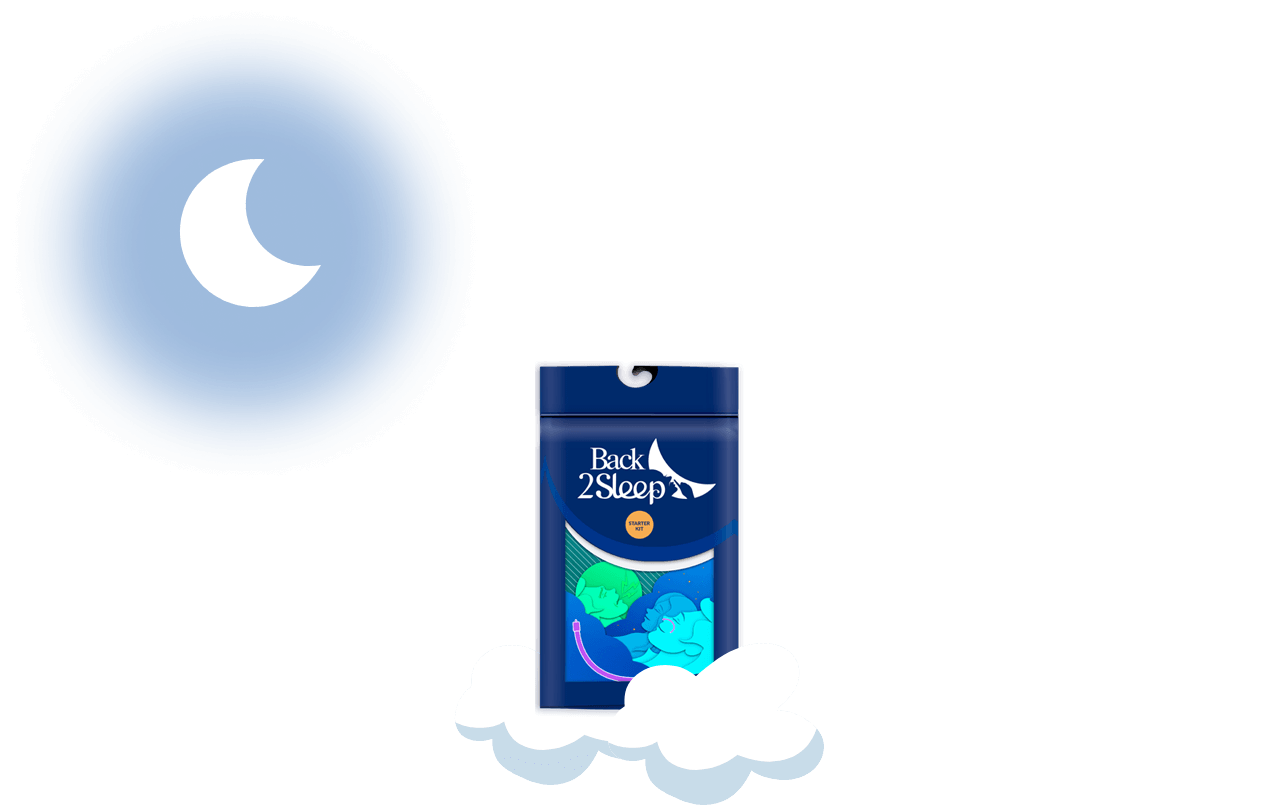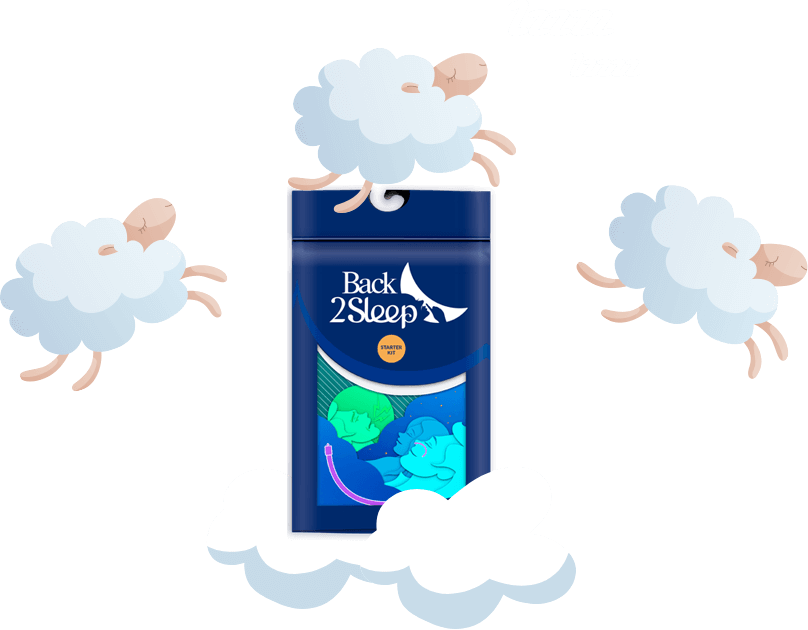Dyssomnias: Complete Guide to Definition, Types & Solutions
Understanding the most common sleep disorders affecting millions—and what you can do about them
Quality sleep is fundamental to human health and wellbeing—it's when our bodies repair tissues, consolidate memories, and restore energy for the day ahead. For children, getting enough deep sleep increases growth hormones and allows muscles to develop normally. For adults, it helps the body recover strength while refreshing the brain. However, there are many causes that can disturb sleep, and dyssomnia represents one of the most common sleep disorders affecting people worldwide.
Unlike parasomnias (which involve abnormal movements or behaviors during sleep like sleepwalking), dyssomnias specifically refer to disorders affecting the quantity and quality of sleep itself. These conditions make it difficult to fall asleep, stay asleep, or prevent you from getting restorative sleep—ultimately impacting every aspect of your daily life.
What is Dyssomnia? Understanding the Definition
Dyssomnia refers to a sleep disorder caused by the quantitative and qualitative deterioration of sleep. Every day, an adult person requires between 7 and 8 hours of sleep to function optimally. When this duration is not respected—or when the quality of that sleep is compromised—there will be an alteration that can cause significant discomfort in daily life.
Why Dyssomnias Matter: These sleep disorders lead to several serious consequences including depression, general fatigue, risk of obesity, various infections, reduced efficiency of the immune system, cardiovascular diseases, and metabolic disorders—all of which profoundly impact our health and quality of life.
Dyssomnia comes in 3 different primary forms, each with distinct characteristics and underlying mechanisms:
😴 Insomnia
Sleep deficiency disorder characterized by difficulty falling asleep, staying asleep, or waking too early—the most common form affecting 30% of adults at some point.
💤 Hypersomnia
Excessive sleepiness disorder causing overwhelming daytime fatigue despite adequate or even excessive sleep duration—a neurological condition often misunderstood.
🕐 Circadian Rhythm Disorders
Biological clock disruption causing misalignment between internal sleep-wake cycles and external schedules—common in shift workers and after travel.
🔬 Sleep-Related Breathing Disorders
Respiratory disruptions during sleep including sleep apnea and snoring—conditions that fragment sleep and reduce oxygen levels throughout the night.

Dyssomnia Type 1: Sleep Deficiencies & Insomnia
In general, insomnia is caused by insufficient or poor-quality sleep. This is the most common sleep disorder encountered in adults, and it can affect most people at various points in their lives. Insomnia prevents an individual from having restorative sleep and manifests in several distinct patterns:
Contributing Factors to Insomnia
Several elements are recognized as contributing factors to sleep deficiency or insomnia. Understanding these triggers is essential for effective management:
| Category | Common Causes | Impact on Sleep |
|---|---|---|
| Psychological Factors | Stress, anxiety, depression, worry, trauma | Hyperarousal prevents brain from transitioning to sleep state |
| Lifestyle Factors | Irregular schedule, caffeine, alcohol, screen time before bed | Disrupts circadian rhythm and melatonin production |
| Medical Conditions | Chronic pain, sleep apnea, restless legs, acid reflux | Physical discomfort or breathing issues interrupt sleep |
| Medications | Corticosteroids, antidepressants, stimulants, blood pressure drugs | Side effects can include insomnia or altered sleep architecture |
| Environmental Factors | Noise, light, temperature, uncomfortable bed | Prevents deep sleep or causes frequent awakenings |
5 Types of Insomnia You Should Know
1. Sleep Onset Insomnia
Also known as evening insomnia or initial insomnia—characterized by inability to fall asleep easily at bedtime. Often linked to anxiety, racing thoughts, or poor sleep hygiene.
2. Adjustment Insomnia
Temporary insomnia related to identifiable disturbing factors such as illness, environmental noises, life changes, depression, or stressful events. Usually resolves when the trigger is addressed.
3. Secondary Insomnia
Insomnia caused by another condition—mental illness, medical disorders, medication side effects, substance use disorders, or intoxication. Treating the underlying cause often improves sleep.
4. Paradoxical Insomnia
A unique form resulting in significant impaired daytime wakefulness despite seemingly adequate sleep. Patients perceive severe sleep deficiency but objective measurements show relatively normal sleep. Can last up to 1 month or longer.
5. Idiopathic Insomnia
Rare chronic insomnia caused by disruption of the sleep-wakefulness neurological system without identifiable cause. This lifelong condition can begin in childhood and persists despite treatment attempts.
Consequences of Chronic Insomnia: Untreated insomnia can cause severe adverse consequences including premature skin aging, increased accident risk, impaired concentration and memory, cardiovascular disease, elevated diabetes risk, weakened immune function, and increased cancer risk. Early intervention is crucial.

Dyssomnia Type 2: Excessive Sleep & Hypersomnia
When sleep is qualitatively and quantitatively impaired, the person is said to be affected by dyssomnia. While insomnia involves insufficient sleep, the opposite end of the spectrum—hypersomnia or "excess sleep disorder"—also falls under the dyssomnia category.
Hypersomnia refers to a neurological disease characterized by excessive daytime sleepiness and prolonged nighttime sleep. People with this disorder experience overwhelming fatigue regardless of how much they sleep. They are unable to feel fully alert or awake during the day, which severely impacts their quality of life, work performance, and social functioning.
Key Characteristics of Hypersomnia
Two Main Categories of Hypersomnia
| Type | Duration Pattern | Key Features |
|---|---|---|
| Idiopathic Hypersomnia (Primary Hypersomnia) |
Chronic and continuous |
• Permanent daytime hypersomnolence • Never feels truly awake • Very early bedtimes and late wake times • Difficult awakening with confusion • Automatic behaviors and slow cognition |
| Recurrent Hypersomnia (Kleine-Levin Syndrome) |
Episodic (cycles of days to weeks) |
• Rare condition affecting mostly adolescents • Episodes of excessive sleep (18-20+ hours/day) • Episodes last several days to 2+ weeks • Normal sleep between episodes • May include cognitive and behavioral changes |
The two categories share similar underlying mechanisms but differ significantly in their presentation. Idiopathic hypersomnia is a lifelong neurological disorder with persistent symptoms, while recurrent hypersomnia manifests in distinct episodes separated by periods of normal sleep and wakefulness.
Health Consequences of Hypersomnia: Like all sleep disorders, excessive sleep and hypersomnia have harmful effects on overall health, including cardiovascular risks, metabolic disorders, increased risk of overweight or obesity, type 2 diabetes, chronic headaches, and impaired immune function. Professional diagnosis and treatment are essential.
Dyssomnia Type 3: Circadian Rhythm Sleep Disorders
Circadian rhythm disorders occur due to a disruption of the body's internal biological clock—the 24-hour cycle that regulates sleep-wake patterns, hormone release, body temperature, and other critical functions. All diurnal living beings require good sleep at night and are biologically designed to be active during daylight hours.
Individuals suffering from circadian rhythm disorders feel extremely tired during the day when they need to be alert, yet find themselves wide awake at night when they should be sleeping. This misalignment between internal timing and external demands creates significant functional impairment.
Common Causes of Circadian Disruption
Major Types of Circadian Rhythm Disorders
Delayed Sleep Phase Syndrome (DSPS)
Most common in adolescents and young adults. Individuals naturally fall asleep very late (2-6 AM) and wake up late (10 AM-2 PM). When forced to maintain conventional schedules for school or work, they experience severe sleep deprivation and daytime impairment. This is not laziness—it's a biological misalignment.
Advanced Sleep Phase Syndrome (ASPS)
Often affects older adults. The opposite of DSPS—individuals become extremely sleepy early in the evening (6-8 PM) and cannot stay awake, then wake up very early (2-5 AM) unable to return to sleep. This pattern interferes with social activities and normal evening responsibilities.
Jet Lag Disorder
Temporary disruption from rapid travel across time zones. The internal clock remains synchronized to the departure time zone while external cues (light, meal times, social activities) align with the destination zone. Symptoms include insomnia, excessive daytime sleepiness, reduced performance, and gastrointestinal issues. Recovery takes approximately one day per time zone crossed.
Shift Work Sleep Disorder
Affects 10-40% of night and rotating shift workers. Working during biological night hours and attempting to sleep during the day contradicts evolutionary programming. Results in chronic sleep deprivation, impaired alertness during work, and inability to sleep adequately during rest periods.
Irregular Sleep-Wake Rhythm Disorder
Characterized by absence of clear sleep-wake pattern. Sleep occurs in multiple short periods throughout 24 hours rather than one consolidated nighttime period. Often seen in individuals with neurodegenerative diseases, traumatic brain injury, or intellectual disabilities.
Non-24-Hour Sleep-Wake Disorder
The internal clock runs on a cycle longer than 24 hours (typically 24.5-25.5 hours), causing sleep and wake times to gradually shift later each day. Most common in totally blind individuals who lack light perception needed to synchronize the circadian clock.
Treatment Approaches: Circadian rhythm disorders can often be managed through strategic use of bright light therapy, melatonin supplementation, chronotherapy (gradually shifting sleep times), and maintaining strict sleep schedules. For shift workers, optimizing the sleep environment (darkness, quiet, cool temperature) is crucial.

Comparing the Three Main Dyssomnias
| Disorder Type | Primary Symptom | Population Most Affected | Treatment Options |
|---|---|---|---|
| Insomnia | Difficulty falling or staying asleep; non-restorative sleep | 30% of adults; more common in women, older adults | CBT-I, sleep hygiene, addressing underlying causes, short-term medication |
| Hypersomnia | Excessive daytime sleepiness despite adequate/long sleep | Rare (0.5% population); affects all ages | Stimulant medications, scheduled naps, sleep hygiene, treatment of underlying conditions |
| Circadian Rhythm Disorders | Misalignment between internal clock and external schedule | Shift workers, adolescents (DSPS), elderly (ASPS), travelers | Light therapy, melatonin, chronotherapy, schedule adjustment, sleep environment optimization |
| Sleep Apnea | Breathing interruptions during sleep; loud snoring; gasping | 4% men, 2% women; increases with age and obesity | CPAP therapy, oral appliances, weight loss, positional therapy, Back2Sleep nasal orthosis |
When Should You Seek Professional Help?
While occasional poor sleep is normal, persistent dyssomnias require professional evaluation. Consult a healthcare provider or sleep specialist if you experience:
Professional Evaluation May Include: Detailed sleep history, sleep diary, questionnaires about daytime symptoms, physical examination, and potentially overnight sleep study (polysomnography) or home sleep apnea testing. Early diagnosis leads to better outcomes and prevents complications.
Natural Strategies for Managing Dyssomnias
While professional treatment is often necessary for chronic dyssomnias, implementing healthy sleep habits provides a foundation for better rest. These evidence-based strategies can complement medical treatments:
🌙 Optimize Sleep Environment
Create a dark, quiet, cool bedroom (65-68°F/18-20°C). Use blackout curtains, white noise machines, and comfortable bedding. Reserve the bedroom for sleep and intimacy only.
⏰ Maintain Consistent Schedule
Go to bed and wake up at the same time every day—even weekends. This reinforces circadian rhythms and improves sleep quality over time.
☀️ Strategic Light Exposure
Get bright light exposure in the morning (15-30 minutes) and dim lights 1-2 hours before bed. This helps synchronize your biological clock.
🏃 Regular Physical Activity
Exercise 150+ minutes weekly, but complete vigorous workouts 3-4 hours before bedtime. Physical activity promotes deeper, more restorative sleep.
🥗 Mindful Eating & Drinking
Avoid caffeine after 2 PM, limit alcohol (disrupts sleep architecture), and don't eat heavy meals within 3 hours of bedtime.
📱 Digital Detox
Stop screen time 1 hour before bed. Blue light suppresses melatonin production. Use night mode or blue-light blocking glasses if screens are unavoidable.
🧘 Relaxation Techniques
Practice progressive muscle relaxation, deep breathing, meditation, or gentle yoga to reduce bedtime anxiety and promote relaxation.
🚫 Smart Napping
If you must nap, limit to 20-30 minutes before 3 PM. Longer or later naps can interfere with nighttime sleep, especially for insomnia sufferers.
Innovative Solutions: The Back2Sleep Approach
When dyssomnias involve sleep-related breathing disorders like obstructive sleep apnea or chronic snoring, the Back2Sleep nasal orthosis offers an innovative, clinically-proven solution. Unlike bulky CPAP machines, this discreet medical device fits comfortably in one nostril to maintain optimal airway patency throughout the night.
Why Choose Back2Sleep?
The Back2Sleep Starter Kit (€39) includes four different sizes, detailed instructions, and access to our expert support team. Join over 1 million satisfied users who have transformed their sleep quality.
Frequently Asked Questions About Dyssomnias
What's the difference between dyssomnia and parasomnia?
Dyssomnias affect the quantity and quality of sleep (insomnia, hypersomnia, circadian disorders). Parasomnias are abnormal behaviors during sleep (sleepwalking, night terrors, REM behavior disorder). Both are sleep disorders but affect sleep in fundamentally different ways.
Can dyssomnias be cured permanently?
It depends on the type and underlying cause. Adjustment insomnia often resolves when the stressor is removed. Circadian disorders can improve significantly with proper treatment. However, idiopathic hypersomnia and some chronic insomnia types require long-term management rather than cure.
Are sleeping pills safe for long-term use?
Most sleep medications are designed for short-term use only (2-4 weeks). Long-term use can lead to tolerance, dependence, and rebound insomnia. Cognitive Behavioral Therapy for Insomnia (CBT-I) is the gold-standard treatment for chronic insomnia with lasting results and no side effects.
How is a sleep disorder officially diagnosed?
Diagnosis typically involves: detailed sleep history and symptom questionnaire, sleep diary kept for 1-2 weeks, physical examination, and potentially overnight sleep study (polysomnography) or home sleep apnea test. A sleep specialist interprets results and recommends appropriate treatment.
Can children have dyssomnias?
Yes. Children can experience insomnia (often behavioral), circadian rhythm disorders (especially DSPS in teens), and sleep apnea. Sleep requirements vary by age: infants need 12-16 hours, toddlers 11-14 hours, school-age children 9-12 hours, and teens 8-10 hours. Persistent sleep issues warrant pediatric evaluation.
Will my dyssomnia affect my lifespan?
Chronic untreated sleep disorders are associated with increased risk of cardiovascular disease, stroke, diabetes, obesity, depression, and shortened lifespan. However, proper diagnosis and treatment significantly reduces these risks. Addressing sleep disorders is one of the most important things you can do for long-term health.
Final Thoughts: Taking Control of Your Sleep Health
Dyssomnias represent the most common category of sleep disorders, affecting millions of people worldwide through insomnia, hypersomnia, circadian rhythm disruption, and sleep-related breathing problems. The impact extends far beyond nighttime—these disorders profoundly affect daytime functioning, physical health, mental wellbeing, and quality of life.
The good news? Effective treatments exist for all types of dyssomnias. Whether through cognitive behavioral therapy, light therapy, chronotherapy, lifestyle modifications, medical interventions, or innovative solutions like the Back2Sleep nasal orthosis, most people can achieve significant improvement in sleep quality and daytime functioning.
Key Takeaways:
- ✓ Dyssomnias affect sleep quantity and quality—not behaviors during sleep
- ✓ The three main types are insomnia, hypersomnia, and circadian rhythm disorders
- ✓ Chronic dyssomnias require professional evaluation and treatment
- ✓ Sleep hygiene and lifestyle modifications provide essential foundation
- ✓ Most dyssomnias improve significantly with proper treatment
- ✓ Early intervention prevents serious health consequences
Don't accept poor sleep as inevitable or normal. If you're experiencing persistent sleep difficulties, consult a healthcare provider or sleep specialist. Your sleep health is too important to ignore—and solutions are available to help you reclaim restful, restorative nights.
Ready to Transform Your Sleep?
Whether you're struggling with insomnia, sleep apnea, or other sleep disorders, Back2Sleep offers clinically-proven solutions to help you sleep better tonight.
Learn More About Sleep Health:








